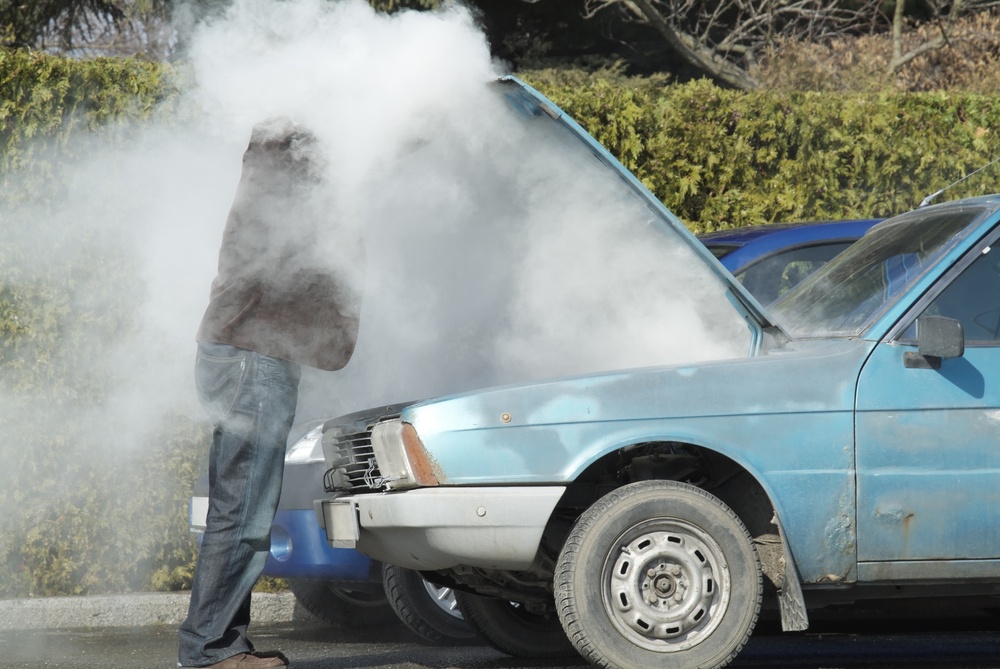
As the internal temperature of your vehicle rises you run the risk of your engine overheating. Drivers who pay attention to the temperature gauge on their dashboard are less likely to overheat their car but it is always a possibility. It is important to know what to do if your car does overheat.
1. Look for Steam
A severely overheated vehicle will produce steam. The first step in spotting an overheated engine is to look for steam. Once steam is spotted you know that your engine is overheating and that there is a problem with the cooling system. It is important wait until the steam stops before trying to fix anything under the hood of your car.
2. Turn on the Heater
One way to start to deal with an overheated car is to turn off the air conditioning and turn on your vehicle’s heater. The heating system will pull the hot air away from your engine. This may be unpleasant on a warm day but it can stop the overheating process or at least slow it until you can stop driving.
3. Safely Pull Over
In the event that turning on your heater does not lower your car’s temperature back to the safe zone, you should find a place to safely pull over and turn off the engine. The added stress of idling or trying to reach your intended destination can turn a fixable engine issue into an all-out breakdown.
4. Open the Hood
Once the car is safely pulled over and the engine is off, it is time to open the hood and start to correct the problem that lead to the engine overheating in the first place. The engine may still be extremely hot. Instead of fully opening the hood right away, open in a crack and allow some of that heat to escape. When you are sure the engine is comfortably cooled, you can open the hood all the way and check out why your vehicle was overheating.
5. Coolant Level Check
Low coolant levels are the most common reason a car will overheat. Your car’s owner manual will direct you to where the coolant reservoir is located in your engine. In most models, coolants can be found near the radiator. It is extremely important that you never open the coolant reservoir until the engine has cooled down. When opening the coolant lid, make sure you do so slowly to prevent any steam from spraying out and burning your skin.
An overheating car can be dangerous and costly. Every driver should know the proper steps to take when their engine starts to overheat.
*Image courtesy of freedigitalphotos.net




